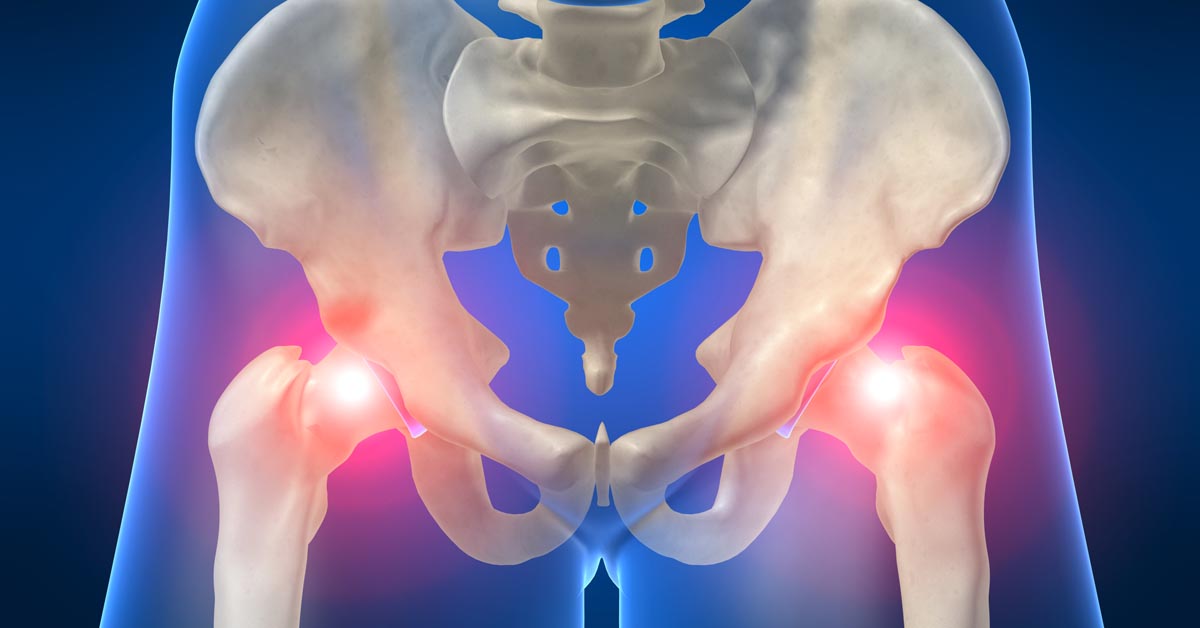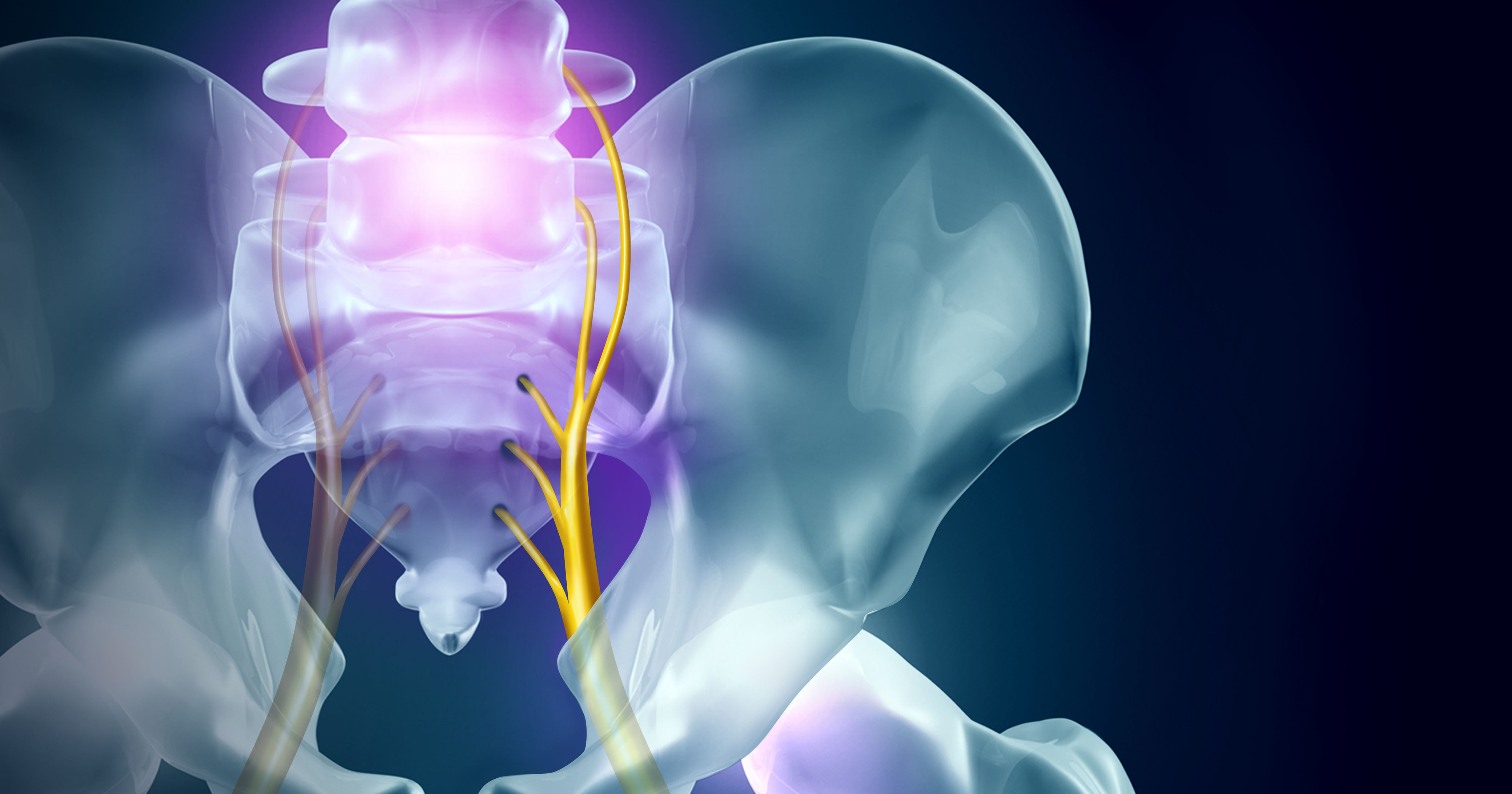
Avoid Sciatica Surgery With Chiropractic
Dr. Cohen works with many sciatica patients here in our Holtsville office, and quite a few of these individuals were nervous that they might require surgery to alleviate their pain. The latest research shows that many people don't need surgery for this prevalent issue, and that chiropractic is more effective at solving sciatic nerve pain.
A common surgery for sciatica is microdiscectomy, and in a 2010 study, physicians examined 80 women and men with sciatica who were referred for this operation.
Forty patients were then randomly sorted into one of two groups. The first group received surgical microdiscectomy and the second group received chiropractic care.
Both groups improved; however, no apparent difference in outcome was recorded one year post-treatment between either group. Furthermore, about 60% of the participating patients who could not find assistance from any other treatment approach "benefited from spinal manipulation to the same degree as if they underwent surgical intervention."
Simply put, chiropractic offered the same positive benefits as surgery without needing to go through the higher amounts of surgery-based pain or suffer through drawn-out recovery times often affiliated with that type of treatment choice. Additionally, you also don't run the risks linked to surgical microdiscectomy, which includes nerve root damage, bowel or bladder incontinence, bleeding, or infection.
Surgery should be the last resort for sciatica pain. If you live in Holtsville and you're suffering from back pain or sciatica, give Dr. Cohen a call today at (631) 360-7999. We'll help identify the start of your pain and work hard to get you relief.
References
- McMorland, G et al. Manipulation or microdiskectomy for sciatica? A prospective randomized clinical study. Journal of Manipulative and Physiological Therapeutics 2010;33(8):576-584.
- Solberg TK, Nygaard OP, Sjaavik K, Hofoss D, Ingebrigtsen T. The risk of "getting worse" after lumbar microdiscectomy. European Spine Journal 2005;14(1):49-54.



